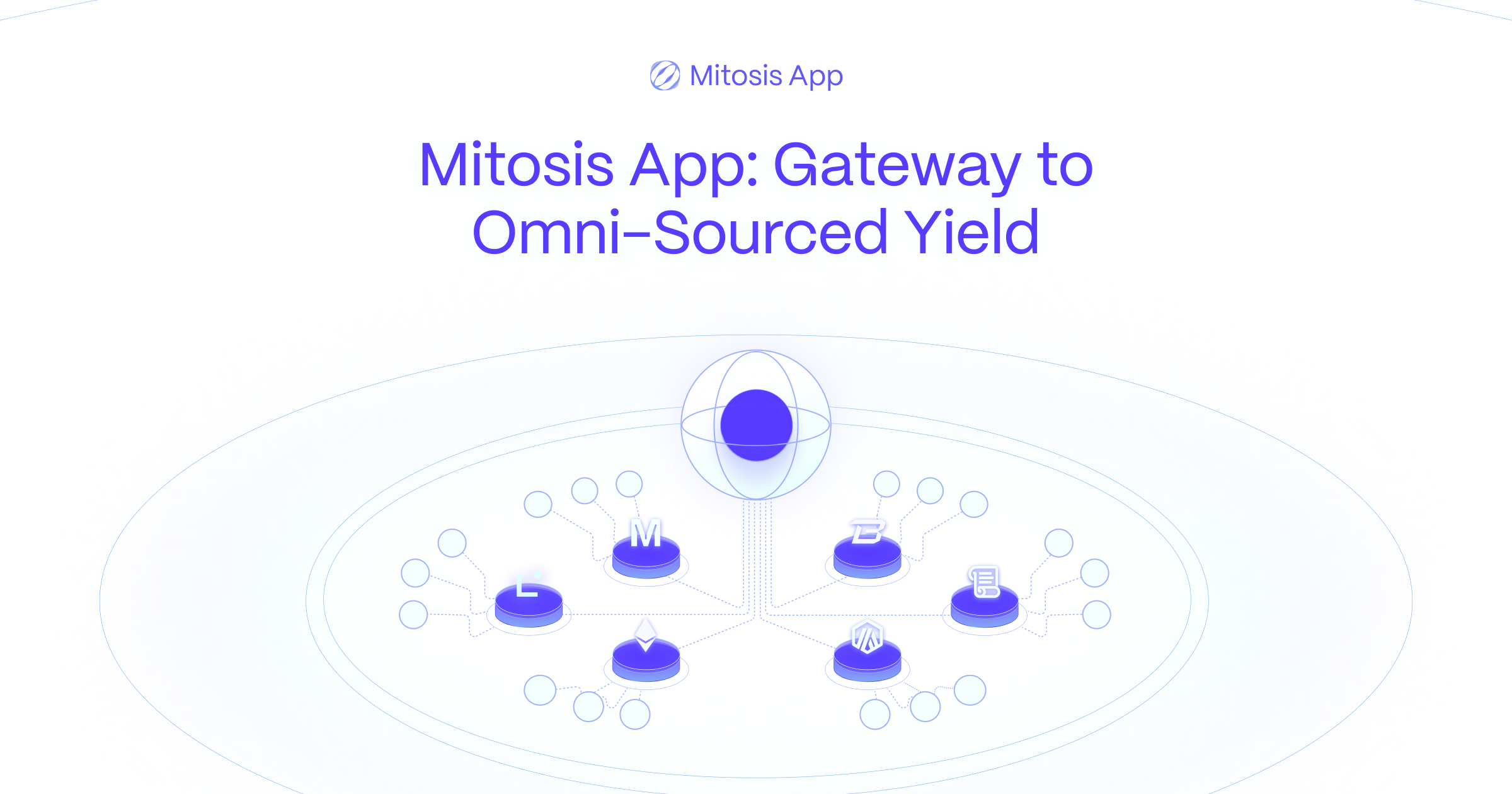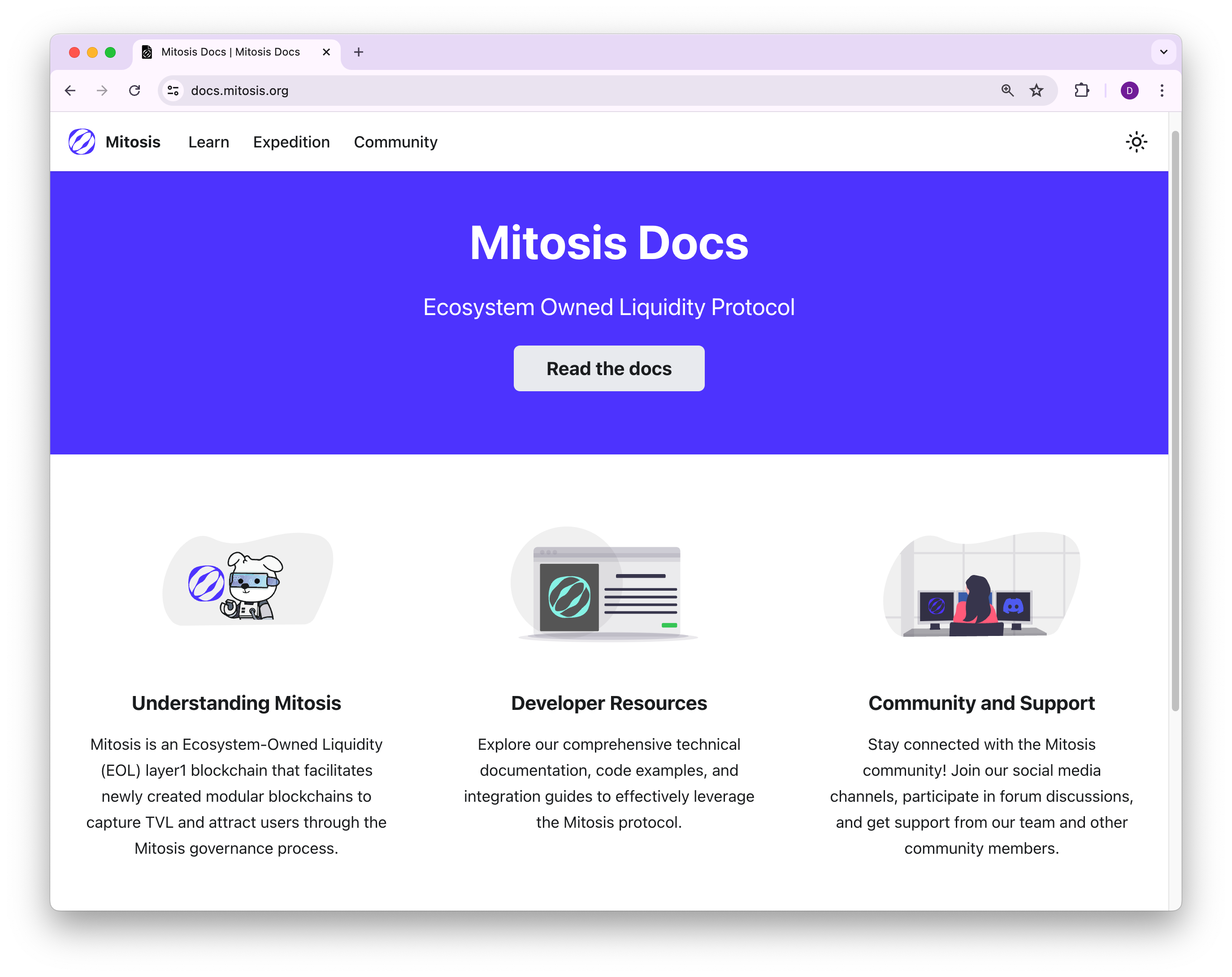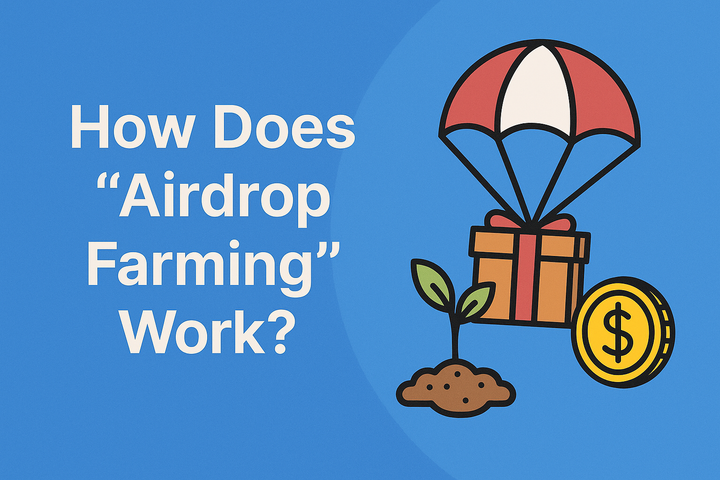The Rise of Modular Blockchains: A New Paradigm for Web3

The blockchain landscape is undergoing a profound transformation, driven by the need to address the limitations of traditional, monolithic architectures. At the forefront of this evolution is the concept of modular blockchains, a design philosophy that separates core blockchain functions—execution, settlement, consensus, and data availability—into distinct, specialized layers. This approach promises to enhance scalability, flexibility, and efficiency, paving the way for a more robust and inclusive Web3 ecosystem. In this article, we explore the rise of modular blockchains, their technical underpinnings, their alignment with projects like Mitosis, and their potential to redefine decentralized technologies.
The Limitations of Monolithic Blockchains
To understand the significance of modular blockchains, we must first examine the shortcomings of their predecessors: monolithic blockchains. In a monolithic architecture, a single chain handles all core functions. Bitcoin and early Ethereum are prime examples, where transaction processing (execution), dispute resolution (settlement), transaction ordering (consensus), and data storage (data availability) occur within one layer. While this design ensures security and decentralization, it struggles with scalability. As blockchain adoption grew, networks like Ethereum faced congestion, leading to high gas fees and slow transaction times. For instance, during peak usage in 2021, Ethereum’s gas fees often exceeded $50 per transaction, rendering many decentralized applications (dApps) impractical for everyday users. This bottleneck, known as the blockchain scalability trilemma, suggests that no single chain can simultaneously achieve decentralization, security, and scalability without trade-offs. Monolithic chains, burdened by performing all tasks, often sacrifice scalability, limiting their ability to support the next generation of Web3 applications.
The Modular Blockchain Paradigm
Modular blockchains address these challenges by disaggregating blockchain functions into specialized layers, each optimized for a specific task. This modular approach mirrors modern software engineering, where microservices enhance efficiency by breaking down complex systems into manageable components. By outsourcing functions to dedicated layers, modular blockchains can scale more effectively while maintaining security and decentralization. The four core layers of a modular blockchain are:
- Execution Layer: Handles transaction processing and smart contract computation. This layer is where dApps operate, executing user commands like token swaps or NFT minting.
- Settlement Layer: Verifies transaction finality and resolves disputes, often used in rollups to ensure correctness of off-chain computations.
- Consensus Layer: Orders transactions and ensures network agreement, typically through mechanisms like proof-of-stake or proof-of-work.
- Data Availability Layer: Stores and makes transaction data accessible, ensuring that anyone can verify the blockchain’s state without relying on a single entity.
By separating these functions, modular blockchains allow each layer to specialize, leading to significant performance improvements. For example, a data availability layer can focus on efficient storage, while an execution layer optimizes for high transaction throughput.
Pioneers of Modularity: Celestia, Fuel, and Ethereum’s Evolution
Several projects have embraced modularity, showcasing its potential. Celestia, launched in 2023, is a flagship example, focusing solely on consensus and data availability. By decoupling these functions from execution, Celestia enables rollups—layer-2 solutions that process transactions off-chain—to access verified data without burdening the main chain. Celestia’s data availability sampling technique allows light nodes to verify data with minimal resources, enhancing scalability and accessibility. Fuel, another modular pioneer, specializes in execution. Its FuelVM offers parallel transaction processing, a significant leap over Ethereum’s sequential model. This design enables Fuel to achieve higher throughput, making it ideal for dApps requiring intensive computation, such as gaming or DeFi protocols. Fuel’s modular-first approach avoids the constraints of Ethereum’s virtual machine, offering developers greater flexibility. Ethereum itself is transitioning toward modularity. Historically monolithic, Ethereum has embraced layer-2 rollups like Optimism and Arbitrum to offload execution. The 2024 Dencun upgrade introduced proto-danksharding, reducing data costs for rollups and reinforcing Ethereum’s role as a settlement and data availability layer. This shift underscores modularity’s growing influence, even among established networks.
Mitosis and the Modular Ecosystem
Mitosis, an emerging player in the Web3 space, aligns closely with the modular paradigm. Focused on cross-chain liquidity and interoperability, Mitosis aims to create a seamless ecosystem where assets and data flow effortlessly across blockchains. Its architecture leverages modular principles by integrating with layer-2 solutions and data availability layers, ensuring scalability and efficiency.
Mitosis’s vision complements modular blockchains by addressing liquidity fragmentation—a key challenge in multi-chain environments. By enabling users to access liquidity across ecosystems without relying on centralized bridges, Mitosis enhances the composability of modular layers. For instance, a user on a Fuel-based rollup could interact with assets on an Ethereum layer-2, with Mitosis facilitating the transfer and Celestia ensuring data availability. This synergy illustrates how modular blockchains and projects like Mitosis can work together to build a cohesive Web3 infrastructure.
Benefits of Modular Blockchains
The modular approach offers several advantages over monolithic designs, making it a cornerstone of Web3’s future:
- Scalability: By distributing tasks across layers, modular blockchains can process thousands of transactions per second. For example, rollups on Celestia can achieve throughput far beyond Ethereum’s 15 transactions per second.
- Flexibility: Developers can customize layers to suit specific use cases. A gaming dApp might prioritize a high-speed execution layer, while a financial protocol might emphasize settlement security.
- Cost Efficiency: Specialized layers reduce resource demands. Data availability layers like Celestia lower storage costs, making transactions more affordable for users.
- Interoperability: Modular designs foster collaboration between chains. Projects like Mitosis can leverage this to enable cross-chain interactions, reducing ecosystem silos.
- Security: By isolating functions, modular blockchains can implement tailored security protocols. For instance, a settlement layer can focus on fraud proofs, enhancing overall network integrity.
These benefits address the scalability trilemma, allowing modular blockchains to scale without compromising decentralization or security. As a result, they are well-suited to support the growing demand for Web3 applications, from DeFi to social platforms.
Challenges and Considerations
Despite their promise, modular blockchains face challenges. Coordinating multiple layers introduces complexity, requiring robust interoperability protocols to ensure seamless communication. For example, a failure in the data availability layer could disrupt execution, even if other layers function perfectly. Projects like Mitosis must navigate these risks by implementing fault-tolerant designs.
Security is another concern. While modularity allows for specialized protocols, it also creates potential attack vectors at layer interfaces. Developers must conduct rigorous audits and formal verifications to mitigate risks. Additionally, the modular ecosystem is still nascent, with fewer battle-tested implementations than monolithic chains like Bitcoin.
User experience also requires attention. Modular blockchains can fragment liquidity and complicate interactions, as users may need to navigate multiple layers or chains. Mitosis’s focus on unified liquidity aims to address this, but widespread adoption will depend on intuitive interfaces and seamless integrations.
The Future of Web3: A Modular Vision
The rise of modular blockchains signals a paradigm shift in blockchain design, with profound implications for Web3. As networks like Ethereum, Celestia, and Fuel refine their modular architectures, we can expect a proliferation of specialized layers tailored to diverse use cases. DeFi protocols could leverage high-throughput execution layers, while NFT marketplaces might prioritize low-cost data availability.
Mitosis stands to benefit from this trend, as its cross-chain infrastructure aligns with the modular ethos of interoperability and scalability. By enabling fluid asset transfers, Mitosis can help unify the fragmented Web3 landscape, making decentralized systems more accessible to users and developers alike.
Looking ahead, modular blockchains could unlock new possibilities, such as sovereign rollups—application-specific chains with custom rules—or hybrid models blending monolithic and modular elements. Innovations like sharding, zero-knowledge proofs, and decentralized sequencers will further enhance modularity’s potential, driving Web3 toward mass adoption.

Conclusion
Modular blockchains represent a bold step forward in addressing the scalability, flexibility, and efficiency challenges of traditional blockchain designs. By separating execution, settlement, consensus, and data availability into specialized layers, they offer a scalable foundation for Web3’s growth. Projects like Celestia, Fuel, and Mitosis exemplify this paradigm, each contributing to a more interconnected and user-centric ecosystem.
As the blockchain industry evolves, modularity will likely become the standard for building decentralized applications. While challenges remain, the benefits—higher throughput, lower costs, and greater customization—position modular blockchains as the future of Web3. With pioneers like Mitosis driving interoperability, the vision of a scalable, decentralized internet is closer than ever, promising a digital world where innovation knows no bounds.
Useful Links:









Comments ()